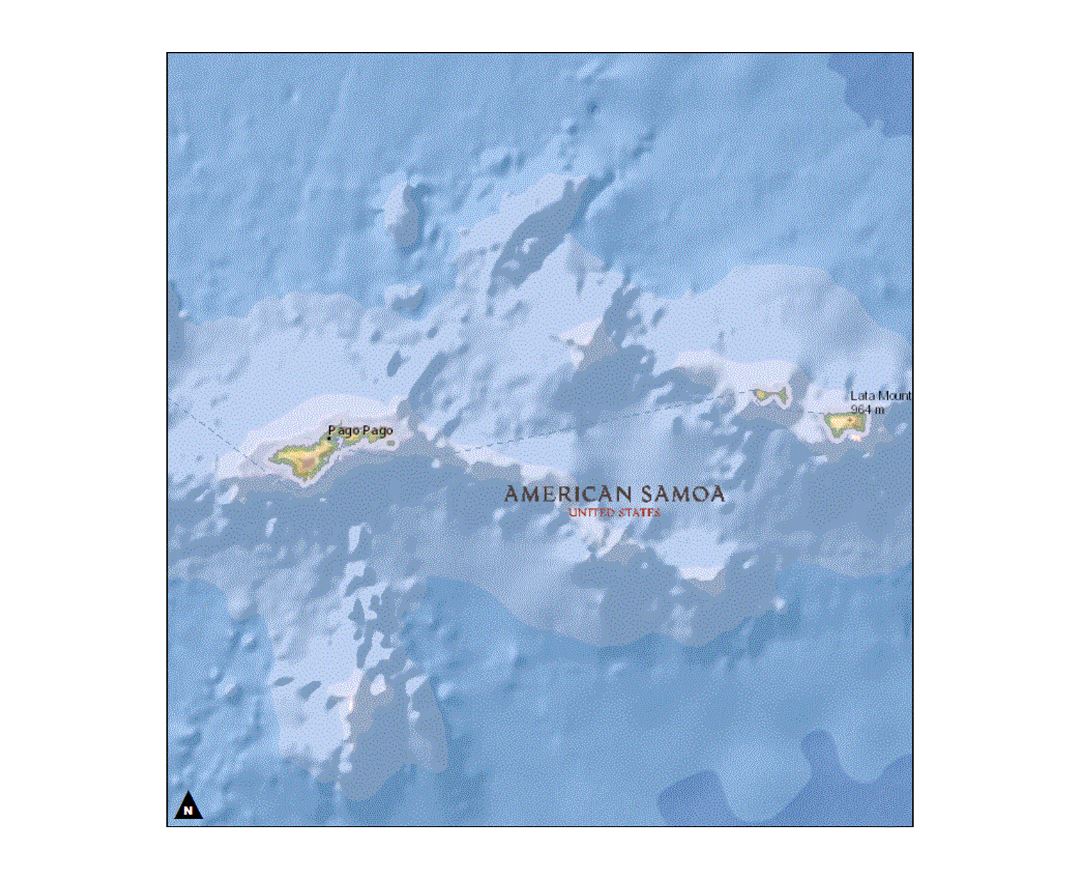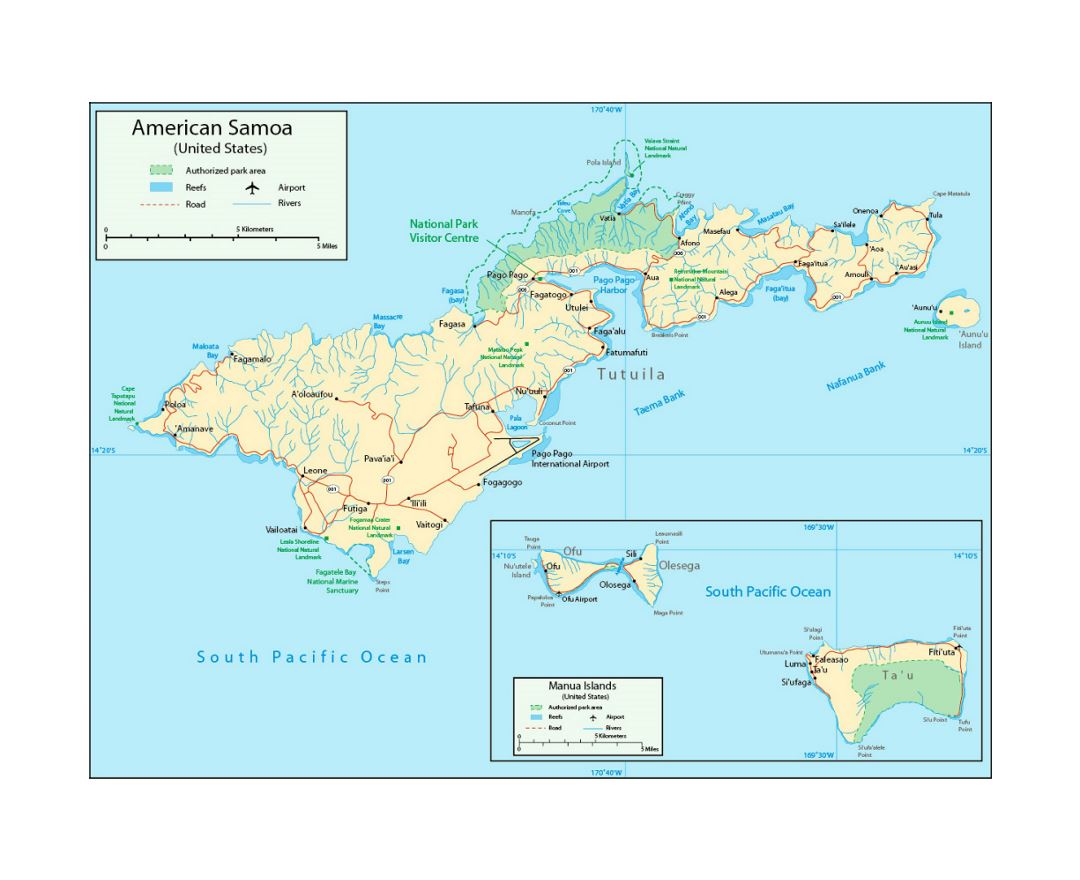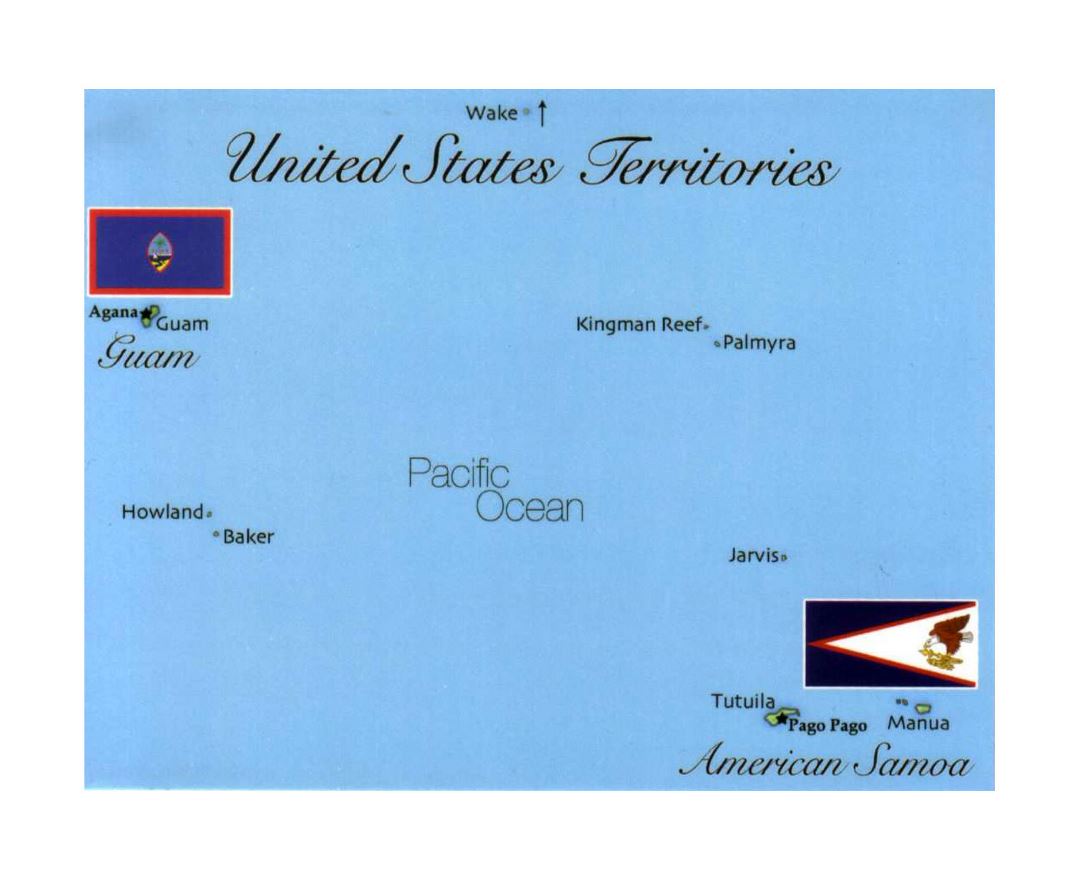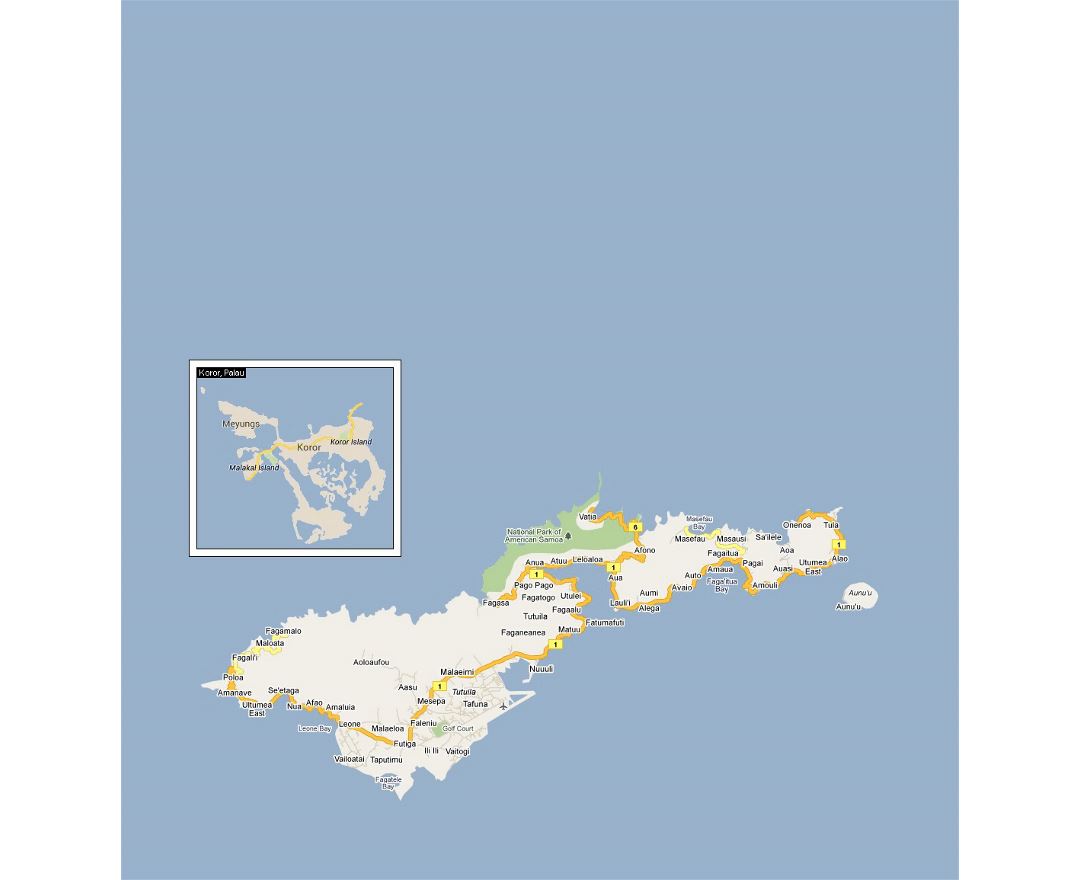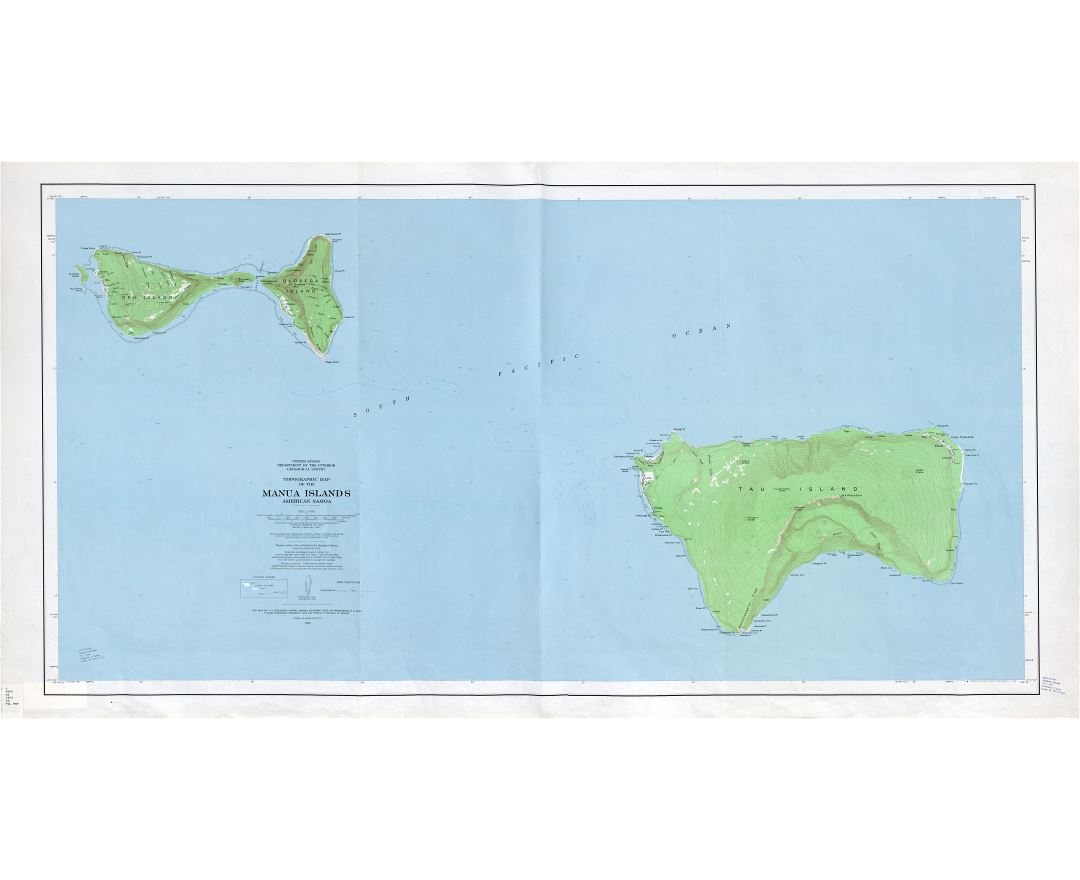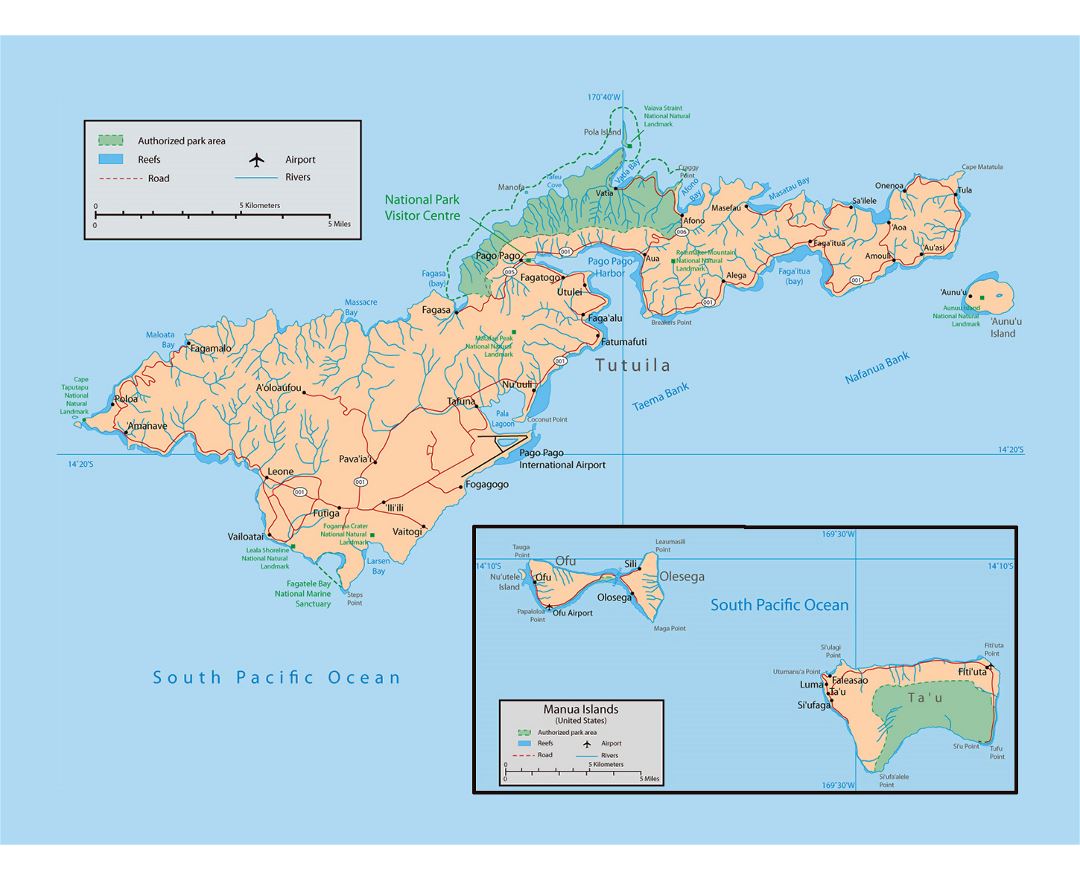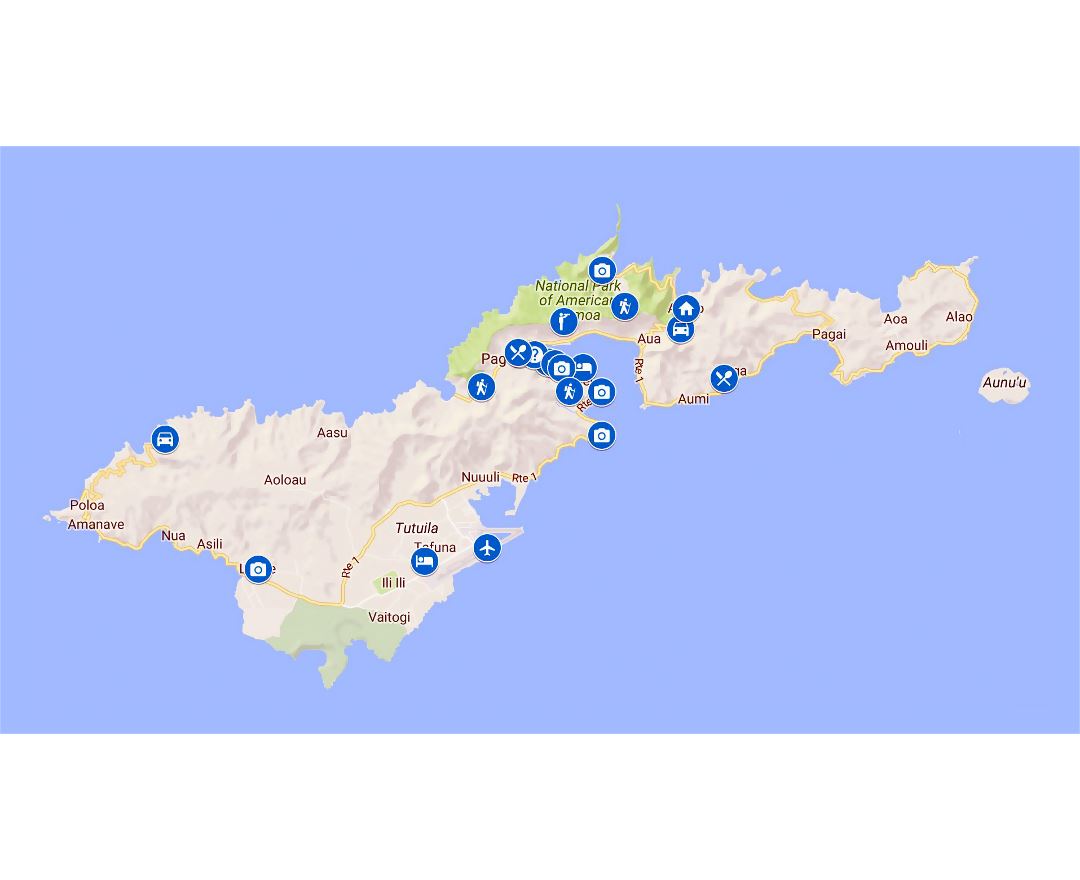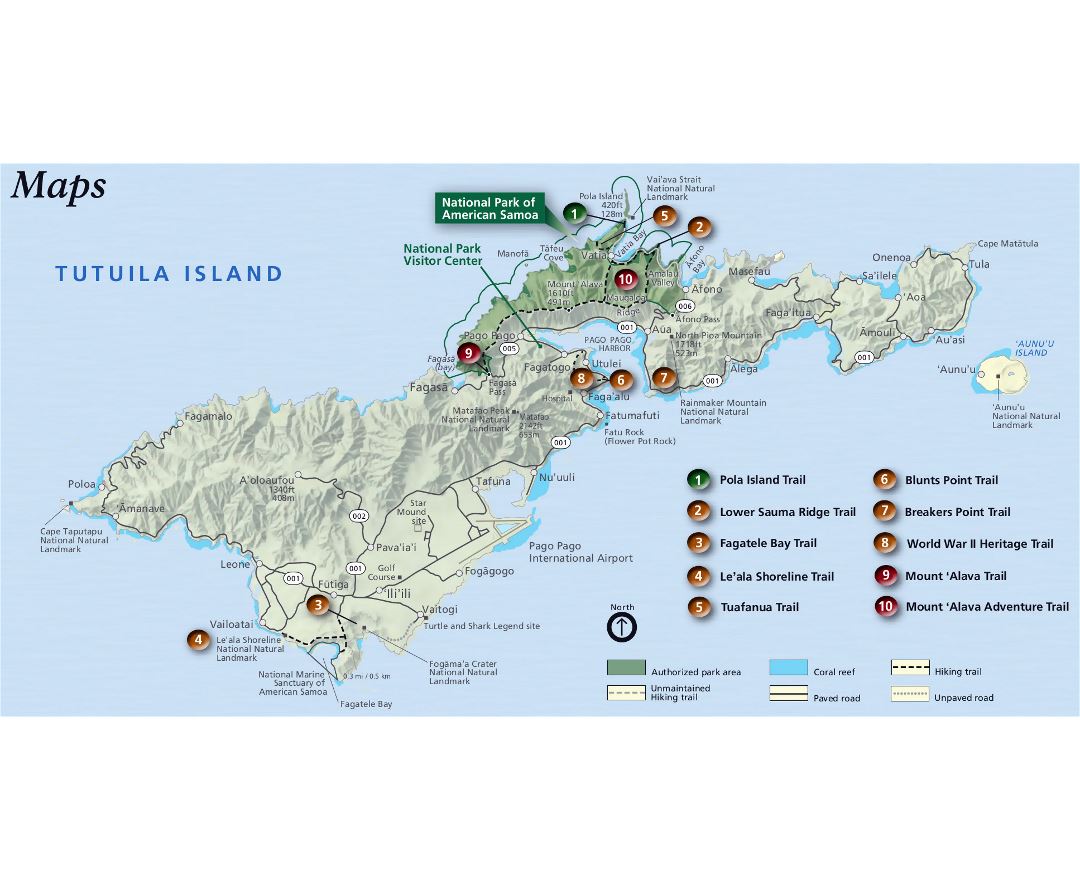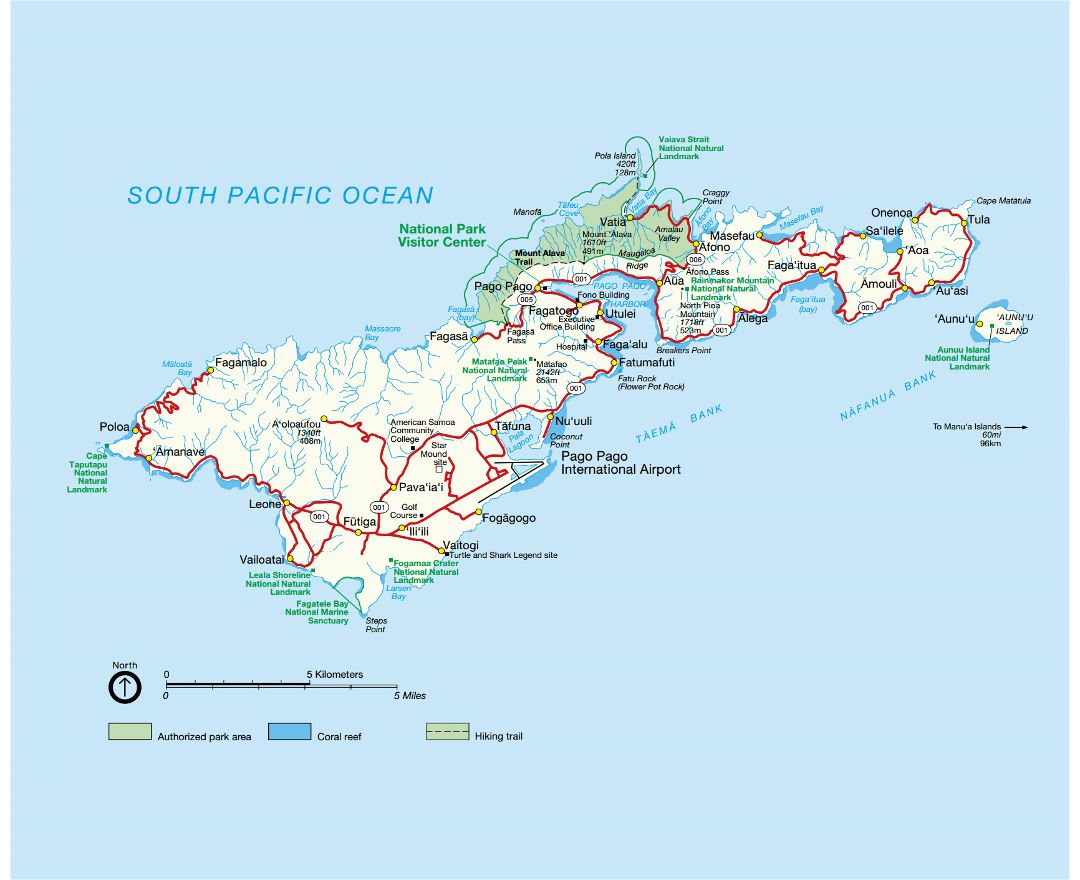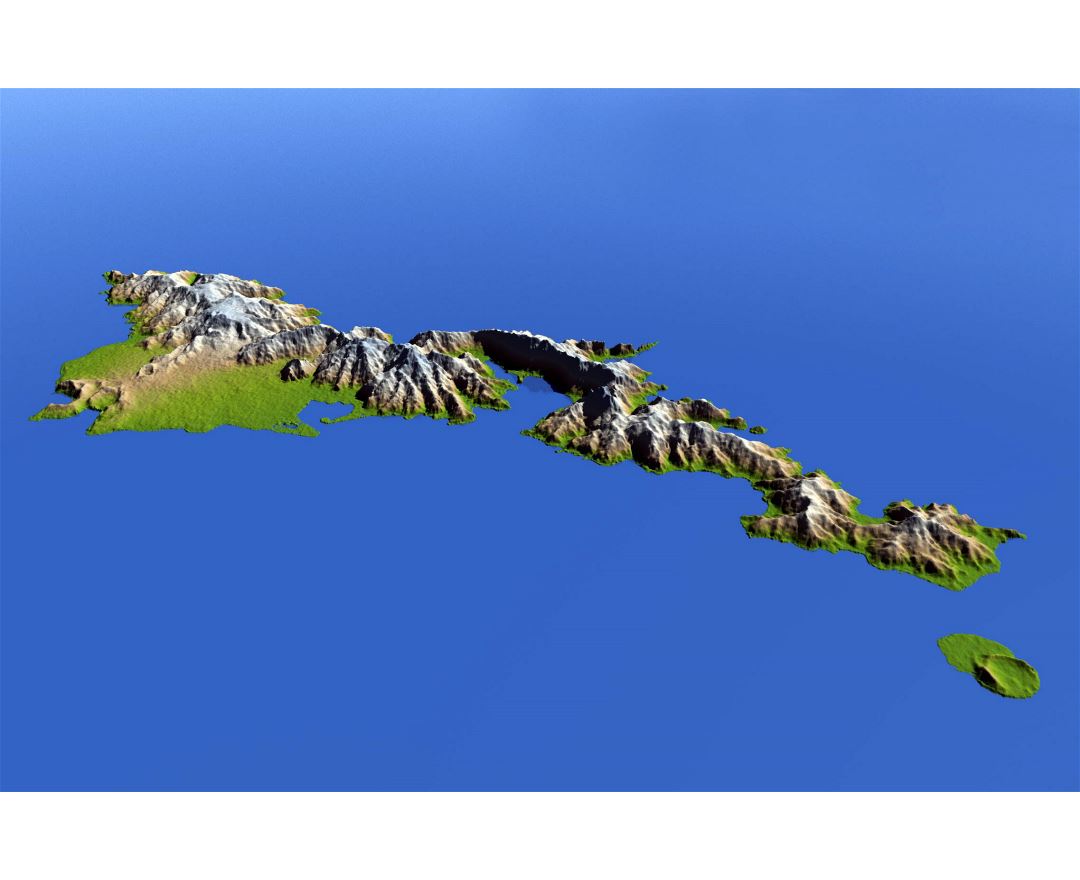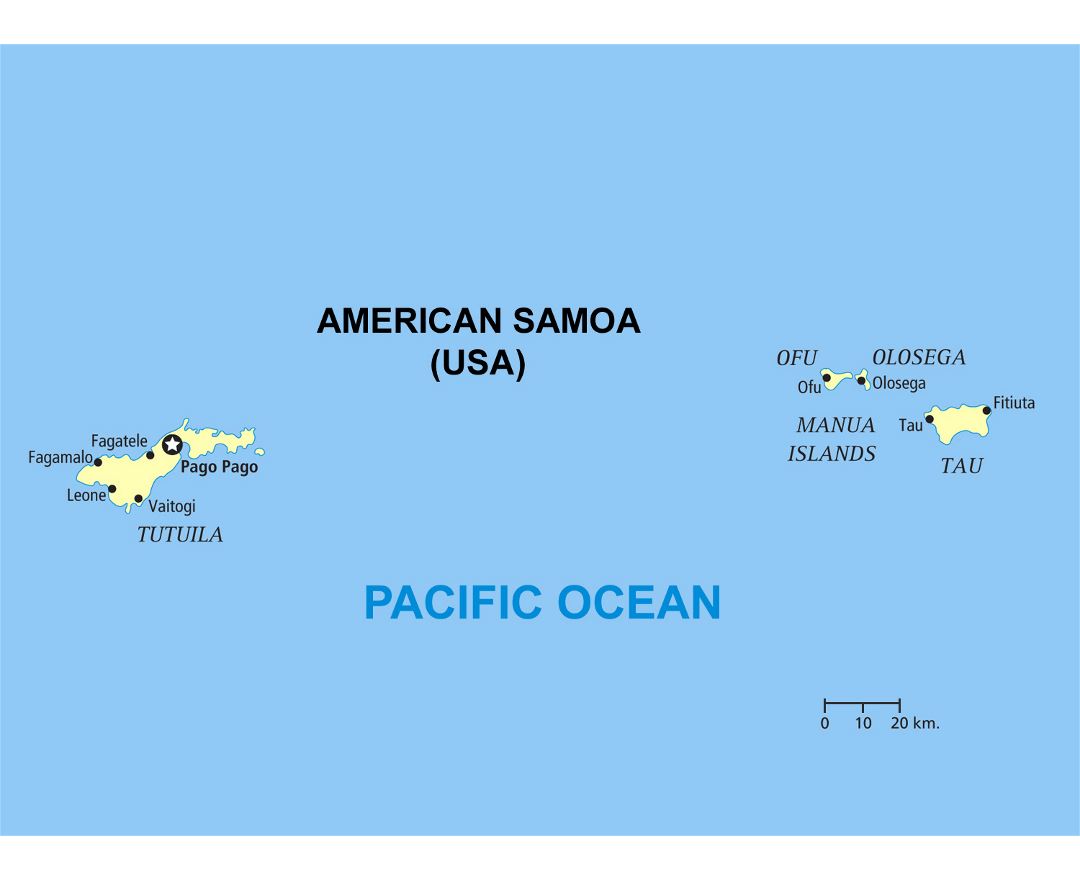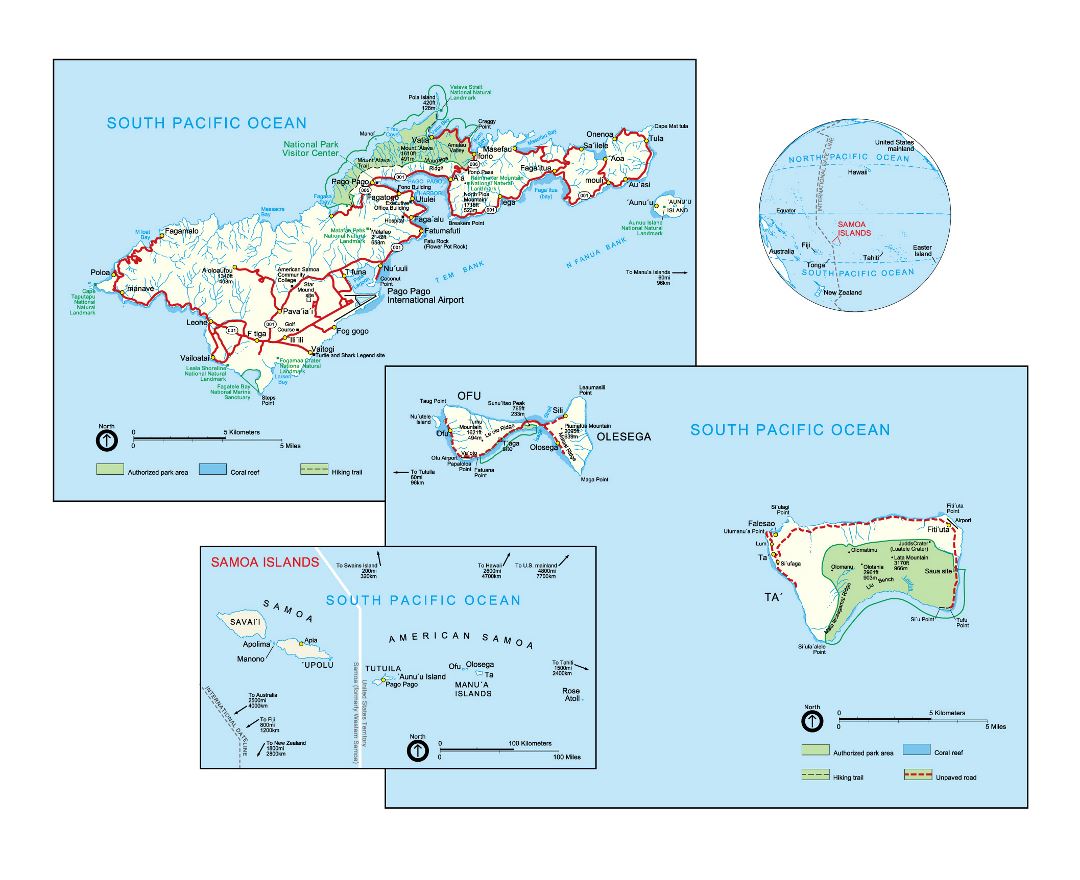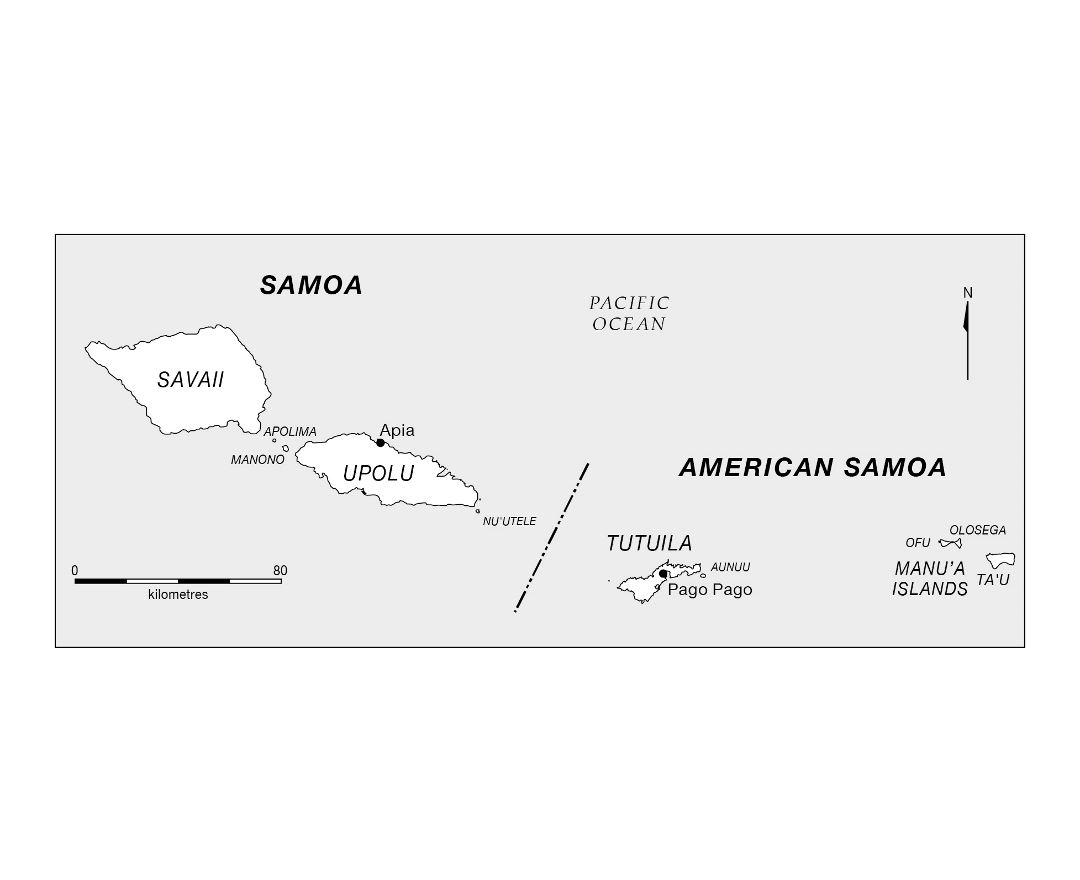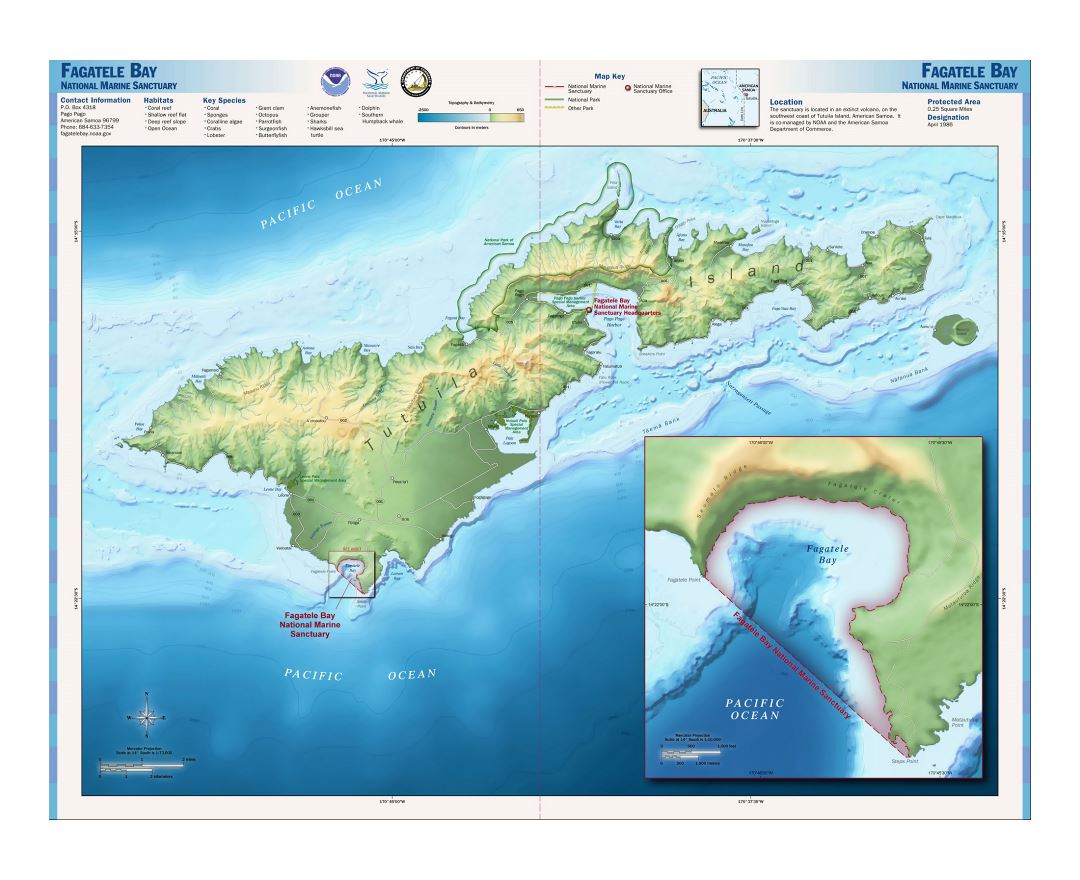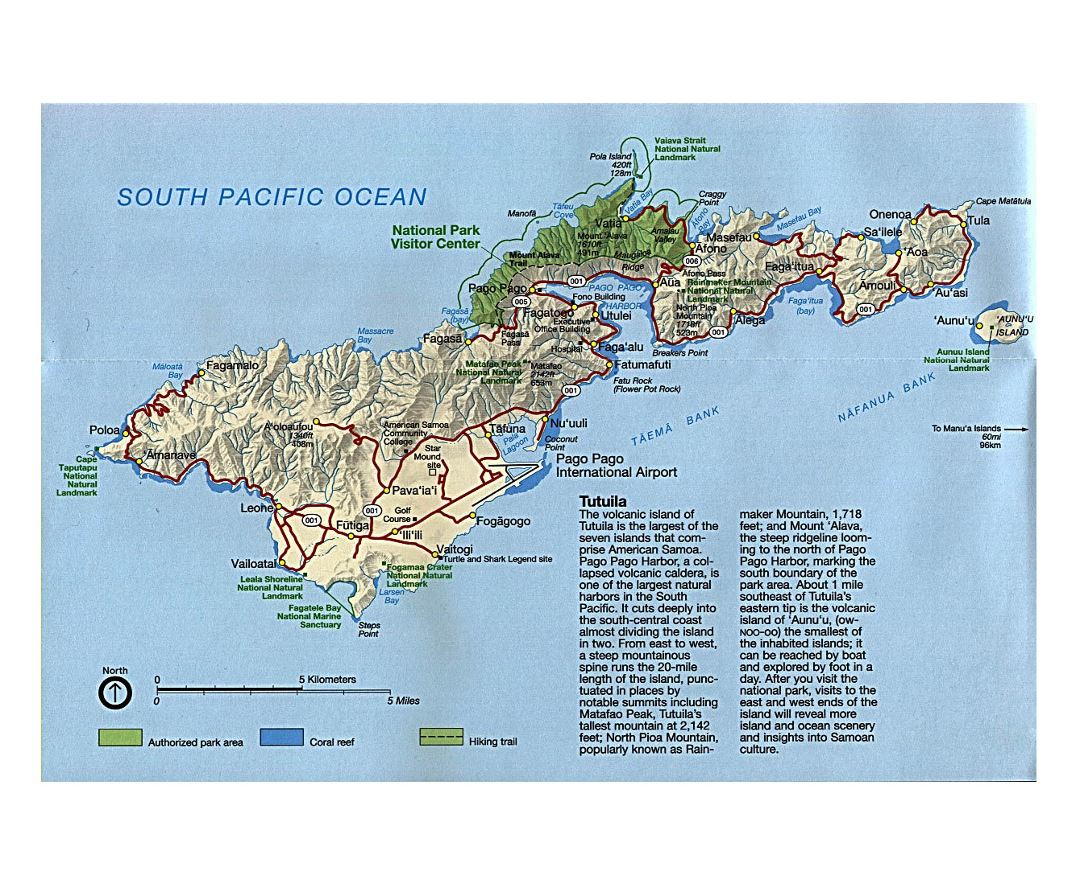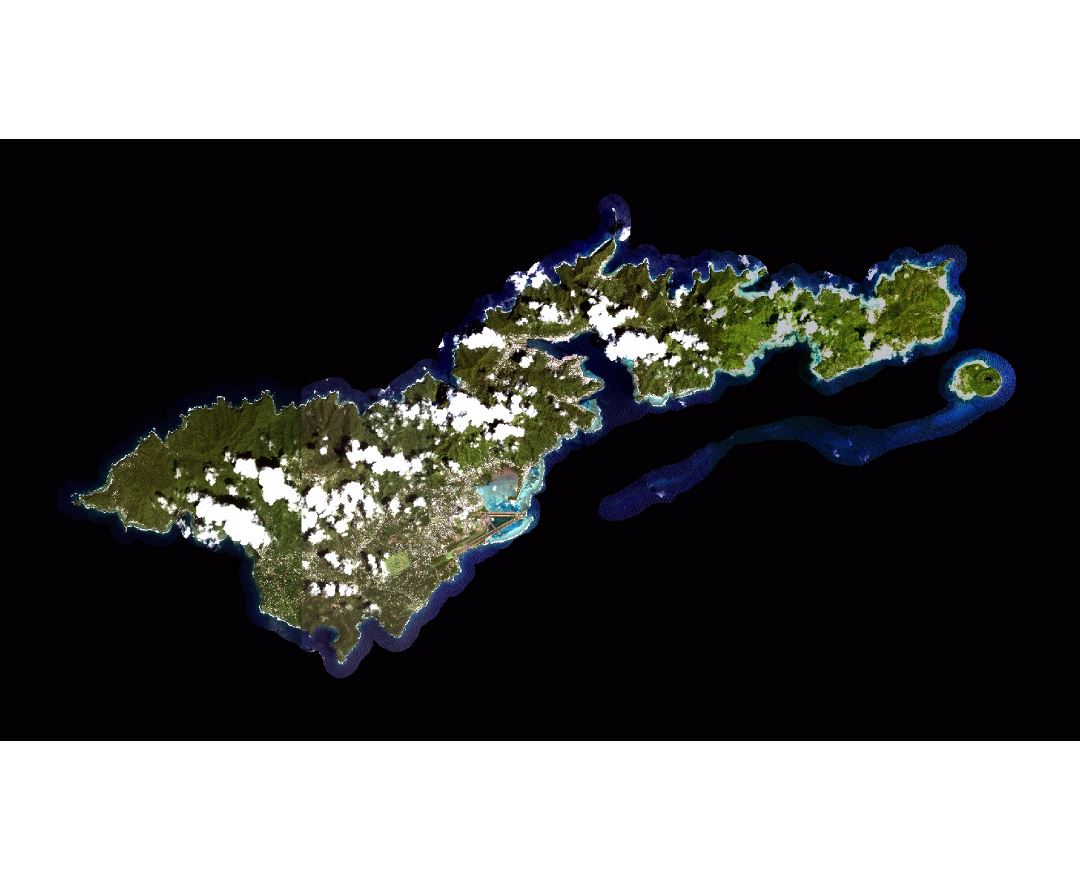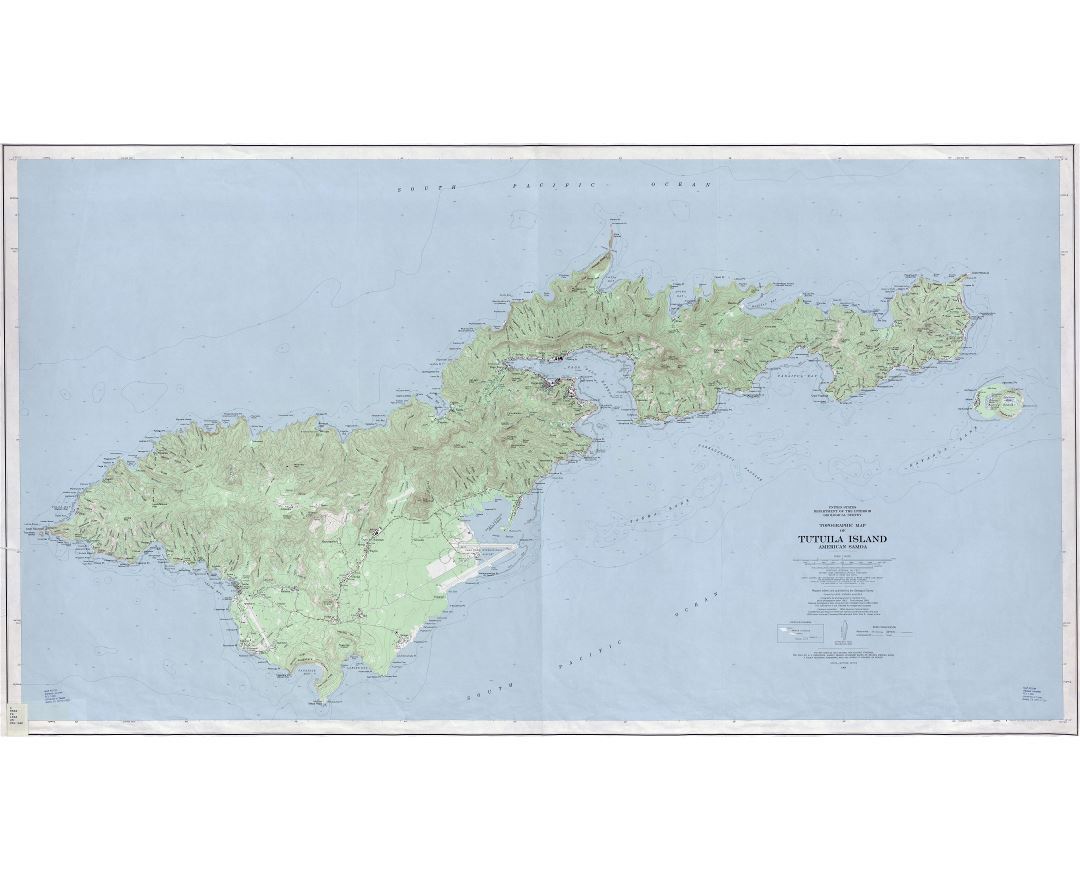American Samoa
American Samoa is an unincorporated territory of the United States located in the South Pacific Ocean, southeast of Samoa.
American Samoa consists of five main islands and two coral atolls. The largest and most populous island is Tutuila, with the Manuʻa Islands, Rose Atoll, and Swains Island also included in the territory. All islands except for Swains Island are part of the Samoan Islands, located west of the Cook Islands, north of Tonga, and some 300 miles (500 km) south of Tokelau. To the west are the islands of the Wallis and Futuna group.
The 2010 census showed a total population of 55,519 people. The total land area is 199 square kilometers (76.8 sq mi), slightly more than Washington, D.C. American Samoa is the southernmost territory of the United States and one of two U.S. territories south of the Equator, along with the uninhabited Jarvis Island. Tuna products are the main exports, and the main trading partner is the United States.
During the 1918 flu pandemic, Governor John Martin Poyer quarantined the territory, and because of his actions, American Samoa was one of the few places in the world where no flu-related deaths occurred.
American Samoa is noted for having the highest rate of military enlistment of any U.S. state or territory. As of September 9, 2014, the local U.S. Army recruiting station in Pago Pago was ranked first in production out of the 885 Army recruiting stations and centers under the United States Army Recruiting Command, which includes the 50 states, the District of Columbia, Puerto Rico, Guam, the Commonwealth of Northern Mariana Islands, the Federated States of Micronesia, Palau, the Republic of the Marshall Islands, Korea, Japan, and Europe.
Most American Samoans are bilingual and can speak English and Samoan fluently. Samoan is the same language spoken in neighboring independent Samoa.
American Samoa is the only major territory of the United States in which citizenship is not granted at birth, and people born there are considered "non-citizen nationals".

